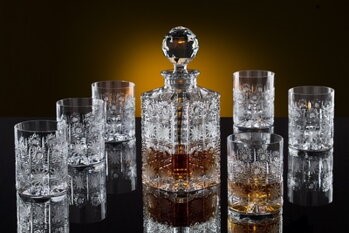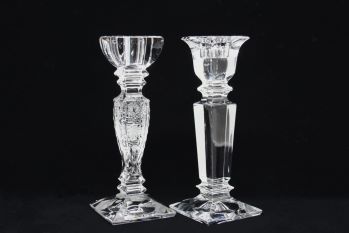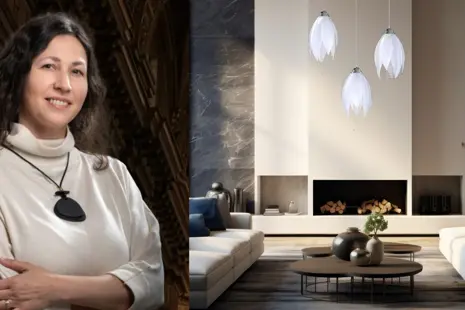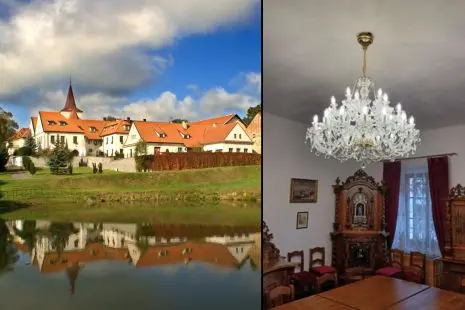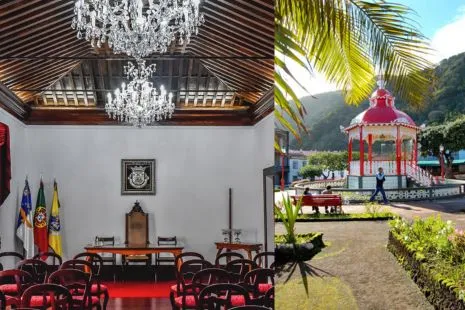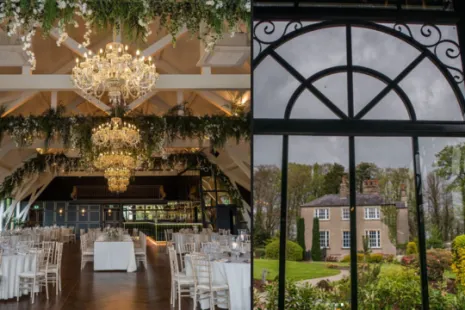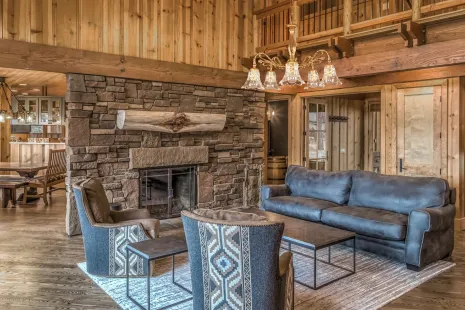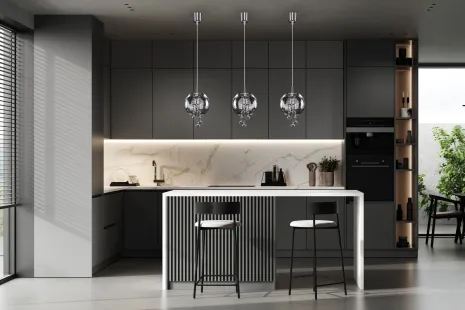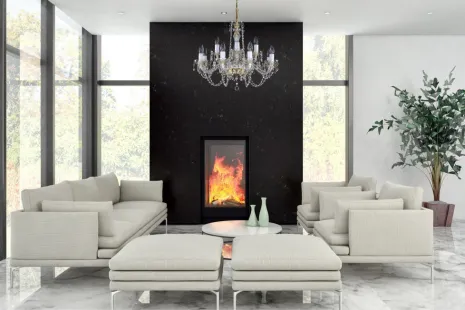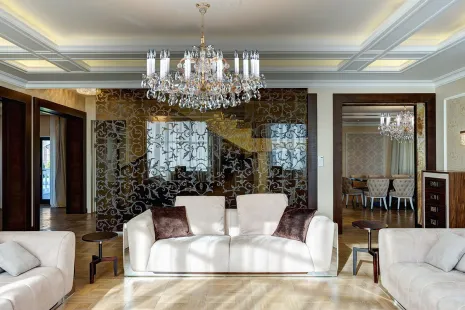How a light bulb works and what affects its power consumption and intensity
Added 2.9.2025 13:35.30
The light bulb is among the inventions that changed the world. It brought light into homes and streets and became a symbol of technological progress. Few people realize, however, that its invention is not so clear-cut—while Edison gained fame, the first functional carbon-filament bulb was built decades earlier by the Briton Joseph Swan.
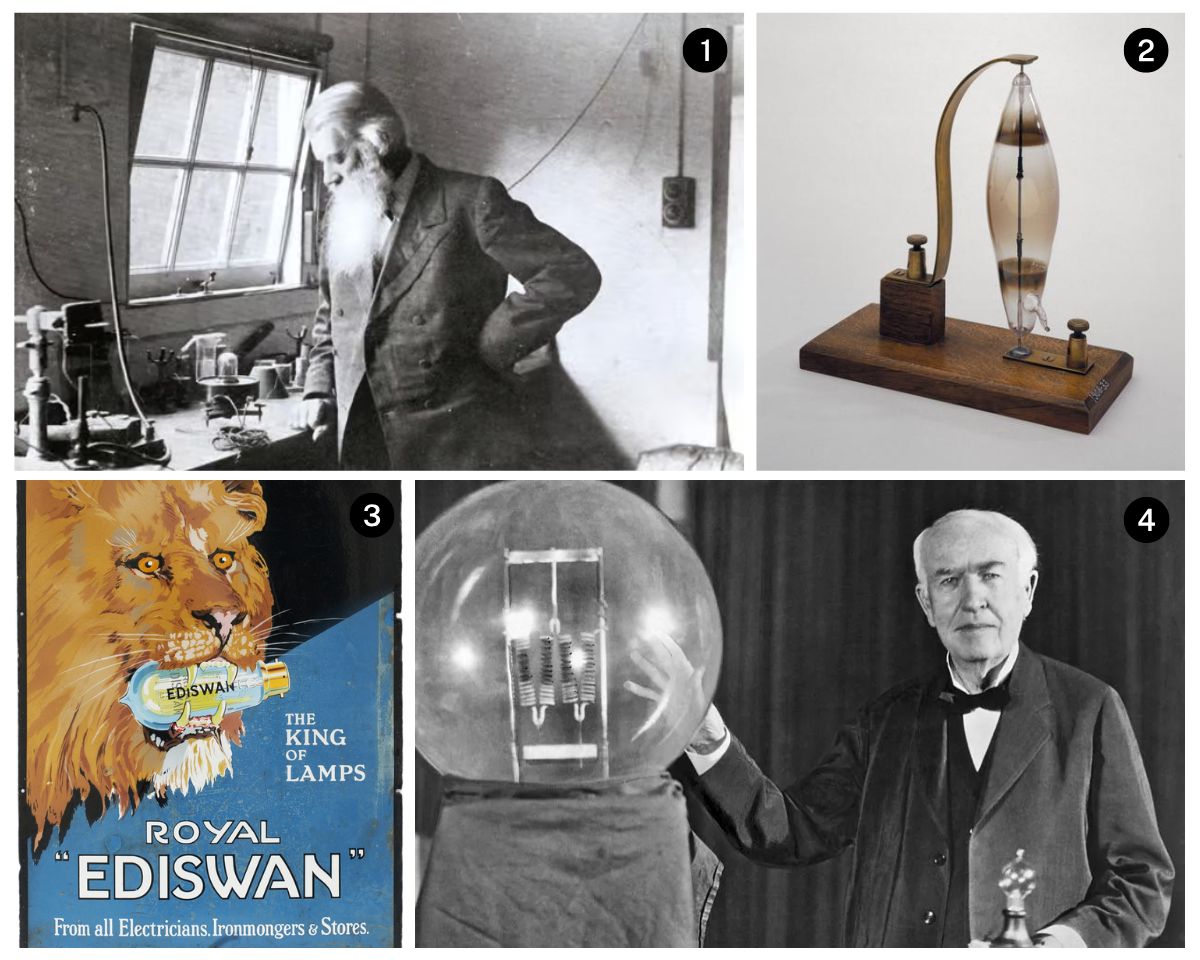
1) Joseph Swan in his laboratory—the British inventor who built a functional carbon-filament bulb as early as the 1870s.
2) An early prototype of Swan's bulb (experimental version).
3) Edison and Swan even went to court over patents—ultimately they reached an agreement and founded the joint company Ediswan.
4) Thomas A. Edison, who patented the light bulb on January 27, 1880, and successfully introduced it into everyday use.
Edison had one crucial advantage—he managed to turn his invention into a real business and built an entire distribution network. Swan may have invented the bulb earlier, but Edison brought it to the market. When the two started suing each other over patents, no one expected what would come next.
Instead of further disputes, they simply joined forces in 1883 and founded the company Ediswan. Edison contributed business acumen, Swan technical know-how. Their joint bulbs lit homes across Europe and America for decades.
Their story is a perfect reminder that competition doesn't always mean conflict—sometimes, cooperation benefits everyone.
How a light bulb works
The principle behind the light bulb is surprisingly simple: all it takes is an electric current and a thin tungsten filament to light up a space. Inside the glass bulb, the filament heats to an astonishing 2,500–3,000 °C and begins to glow. The catch? About 95% of the energy turns into heat and only 5% into visible light. In short, it's a very inefficient heater with a pleasant side effect of lighting intensity.
That is why bulbs were gradually replaced by more efficient alternatives—halogens, compact fluorescents, and above all LEDs. Interestingly, the classic look is now returning in the form of LED filament bulbs. They look like the old traditional bulbs with a visible filament but use modern LED technology inside. This way, you get vintage aesthetics without feeling like you're wasting energy on unnecessary light bulb power consumption.
Warm-up time and temperature sensitivity
Not every bulb works the same in every situation. Traditional bulbs light up instantly, but frequent switching causes thermal stress on the filament and shortens their lifespan. LEDs also switch on immediately and tolerate frequent switching—but be careful with hot locations above 40 °C, which may reduce lighting intensity over time. Compact fluorescents have a major drawback: they need several minutes to reach full brightness. That's why they're unsuitable for places where lights are used only briefly—such as closets or bathrooms.
Light distribution
Traditional bulbs have one great advantage—they radiate light in all directions, like a miniature sun. The filament emits light isotropically, creating naturally diffuse lighting intensity.
That's why they're perfect for crystal chandeliers, where every beam refracts through the glass components to create those magical rainbows and reflections.
LED bulbs work differently—their light is directed forward, usually at an angle between 30° and 120°, depending on design. This is ideal for spotlights but less natural if you want to evenly illuminate an entire room.
👉 Read more in our article: What is light, how does it spread and what are its types.
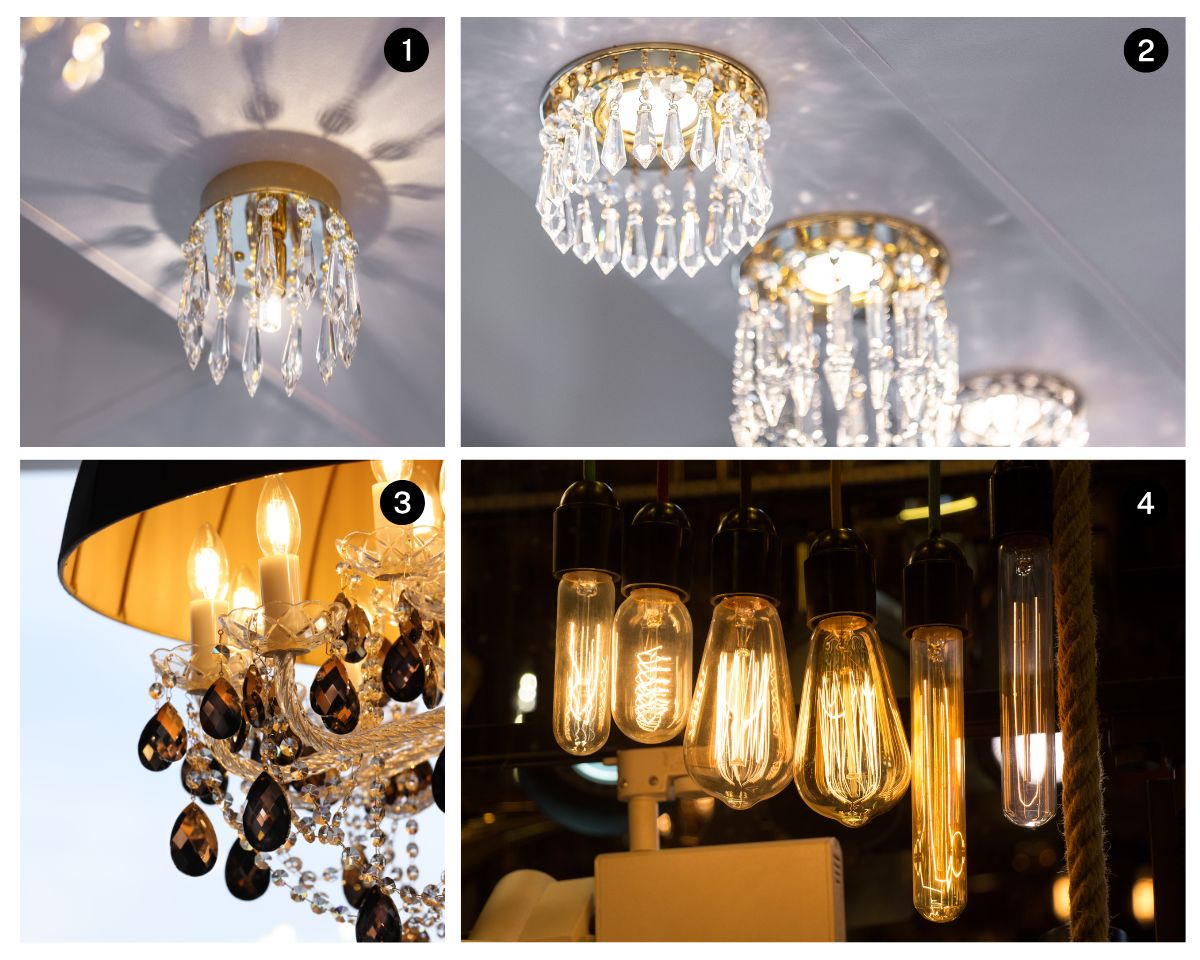
1) LED bulb G9 2.6W – a small light source used in modern crystal ceiling fixtures, preserving their elegant lines.
2) LED bulb GU10 7W – a directional bulb ideal for spotlights, producing a concentrated light beam.
3) LED bulb Classic E14 4W – a clear candle-shaped bulb, perfect for traditional chandeliers to enhance the sparkle of crystal drops.
4) Filament LED bulb – a decorative bulb with a visible filament and amber tone, popular for creating a vintage atmosphere.
Luminous flux: why watts are no longer enough
For traditional bulbs, the rule was simple—the more watts, the higher the light bulb intensity. But with LEDs, wattage alone doesn't tell you how bright the light will be. Instead, we use luminous flux, measured in lumens (lm).
How to calculate luminous flux
Luminous flux depends on the efficiency of the light source:
LUMINOUS FLUX (lm) = POWER INPUT (W) × EFFICACY (lm/W)
👉 Practical example:
• A classic 60W bulb with an efficacy of about 12 lm/W → 60 × 12 = ~700 lumens
• An LED consuming just 8W with 90 lm/W efficacy → 8 × 90 = ~720 lumens
Result: The LED consumes roughly eight times less energy while delivering the same or higher lighting intensity compared to a classic "60-watt."
Quick reference
• 40W classic bulb ≈ 400 lm → replace with LED 4–5W
• 60W classic bulb ≈ 700 lm → replace with LED 8–10W
• 100W classic bulb ≈ 1300 lm → replace with LED 12–15W
Cost comparison
The numbers speak for themselves. Based on current electricity prices in the Czech Republic (€0.24/kWh, i.e. 6 CZK/kWh) and average usage of 3 hours per day, a 60 W bulb consumes 66 kWh per year—costing about €15.80 (≈396 CZK).
On top of that, it lasts only about a year. An 8 W LED uses just 9 kWh per year (around €2.20 / 54 CZK) and lasts 25 times longer. Yes, LEDs cost more upfront, but each one saves you nearly €14 (≈300 CZK) annually thanks to lower light bulb power consumption.
Light color temperature
Brightness isn't everything—color temperature, measured in Kelvins (K), plays a key role too.
• Warm white (2700–3000 K): cozy atmosphere, perfect for living rooms.
• Neutral white (3500–4500 K): natural light, suitable for kitchens.
• Cool white (5000–6000 K): crisp light that aids concentration in offices.
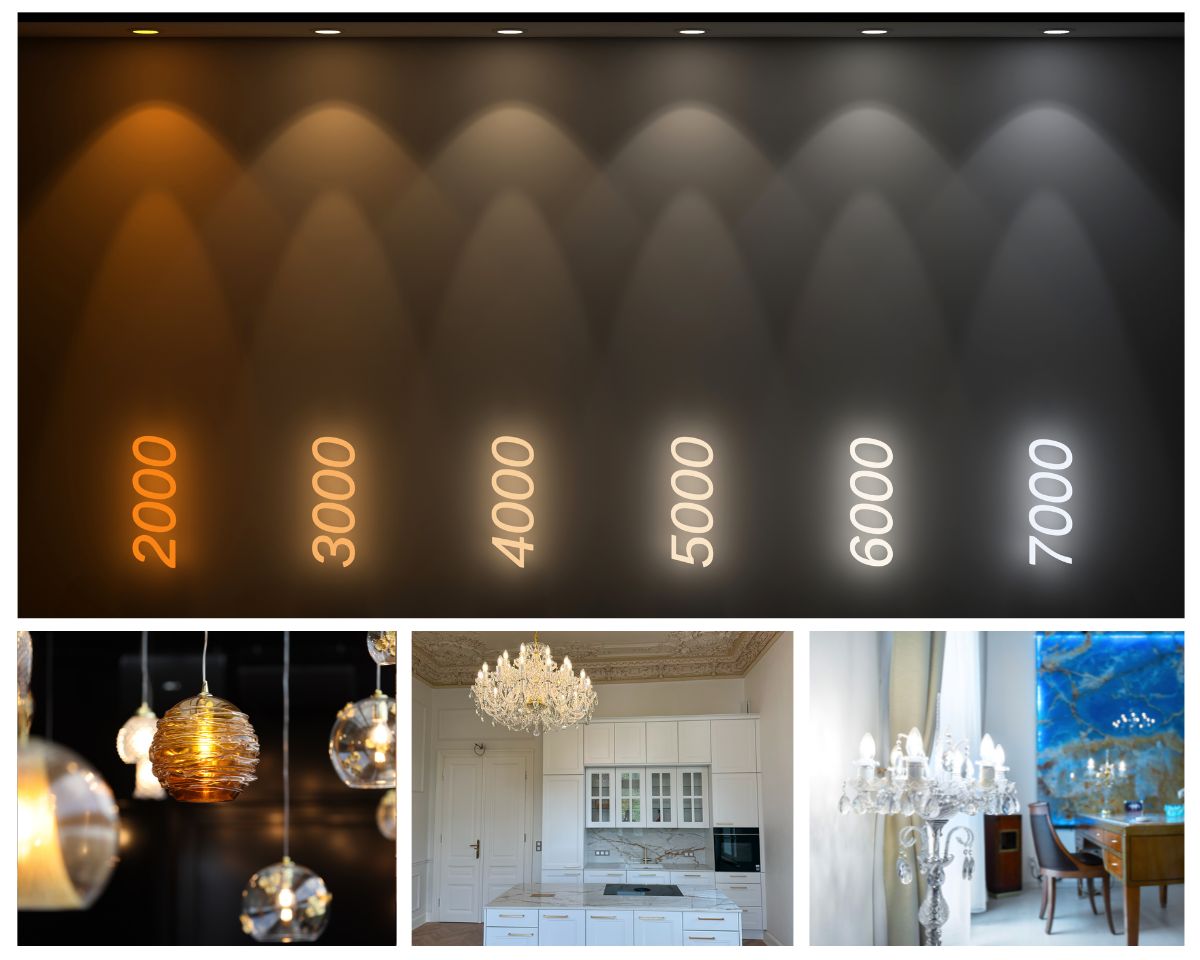
Put simply: candles in the evening = warm white, morning light in the kitchen = neutral, bright summer day = cool white.
From our experience, silver chandeliers look best with cool light, while gold ones shine with warm tones—highlighting both the material and the overall lighting intensity.

Color Rendering Index (CRI/Ra)
A crucial but often overlooked parameter. CRI measures how accurately a light source reveals colors compared to natural daylight, on a scale from 0 to 100.
• CRI 80+ = good quality for households
• CRI 90+ = excellent for spaces where color accuracy matters
• CRI 95+ = premium quality for photography studios and galleries
For crystal chandeliers, we recommend a minimum CRI of 90 to ensure that the cut crystal prisms properly refract light and create beautiful spectral reflections with the right light bulb intensity.
Dimming and lighting comfort
Ever bought a dimmer only to find your bulbs can't dim? It's not bad wiring—the issue is that not every bulb is dimmable. Traditional bulbs always are, but for LEDs you must look for the label dimmable.
Also note: old dimmers designed for incandescent bulbs may cause LEDs to flicker or buzz.
Still, dimming is worth the investment. Bright light in the morning for your routine, soft glow at night for relaxation. Smart bulbs even let you control brightness from your phone or by voice. You can set them to turn on when you arrive home or gradually dim before bedtime.
But beware of cheap LEDs—some flicker imperceptibly, which can reduce comfort and lighting intensity perception. Quality options eliminate this problem.
Conclusion
Who would have thought such an ordinary bulb could be so fascinating? We started with Edison and Swan, who chose cooperation over conflict, and discovered that choosing the right bulb today is almost a science of its own.
But it doesn't have to be complicated. Want to save money? Choose LEDs for lower light bulb power consumption. Want a cozy atmosphere? Go for warm white. Have a beautiful crystal chandelier? Clear bulbs are your best friend for maximum light bulb intensity.
Need help selecting the right bulb for your chandelier? We'll be happy to guide you to the perfect choice that will make it a true jewel of your home.
Stop by our showroom in Jablonec nad Nisou (CZ) and treat yourself to a unique experience from the world of crystal. See the lighting fixtures up close, let their sparkle enchant you, and try for yourself whether you're more captivated by a warm golden glow or a crisp white light.
Do you have questions or want to be sure you're choosing the right one? Get in touch with our crystal lighting specialist, Šárka Nováková – she will gladly advise you, show you every detail, and arrange a personal appointment with you right in the showroom.








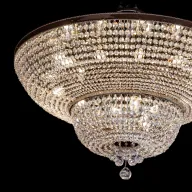
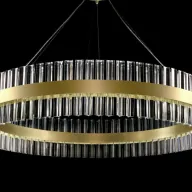
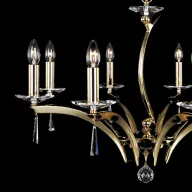
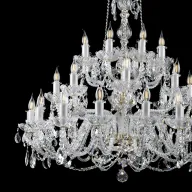
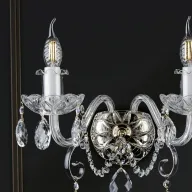
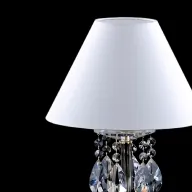

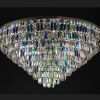
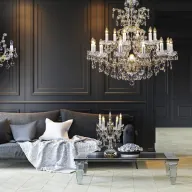
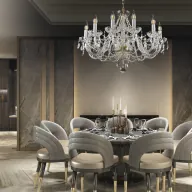
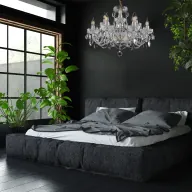
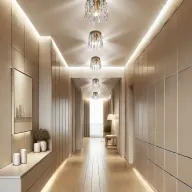
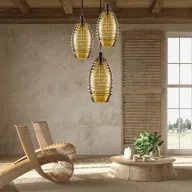
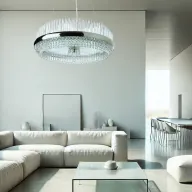
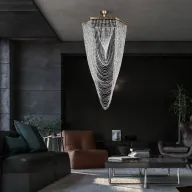
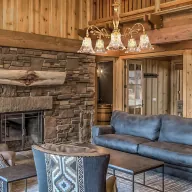
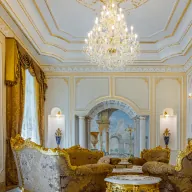

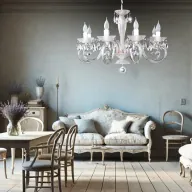
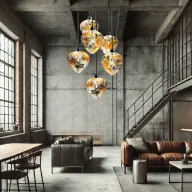

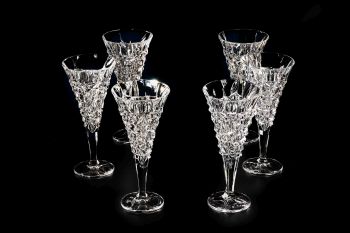

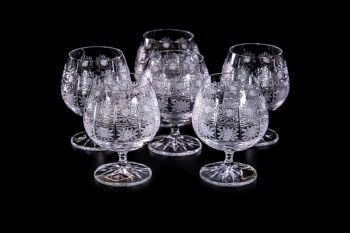
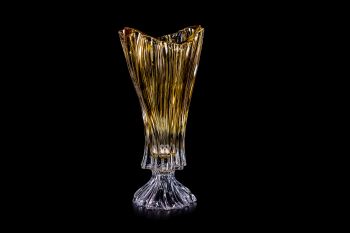
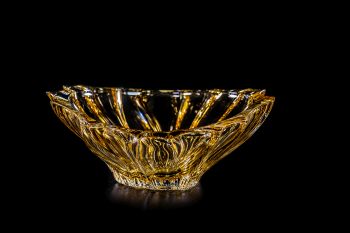
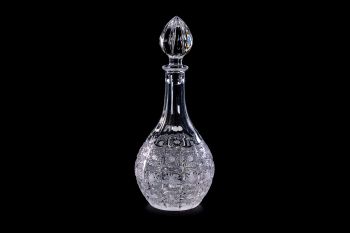

![Crystal Chess Set [handmade Czech Crystal] ARTCRYSTAL.EU](/files/design/kristalove-sklo-kategorie/sachy.jpg)
